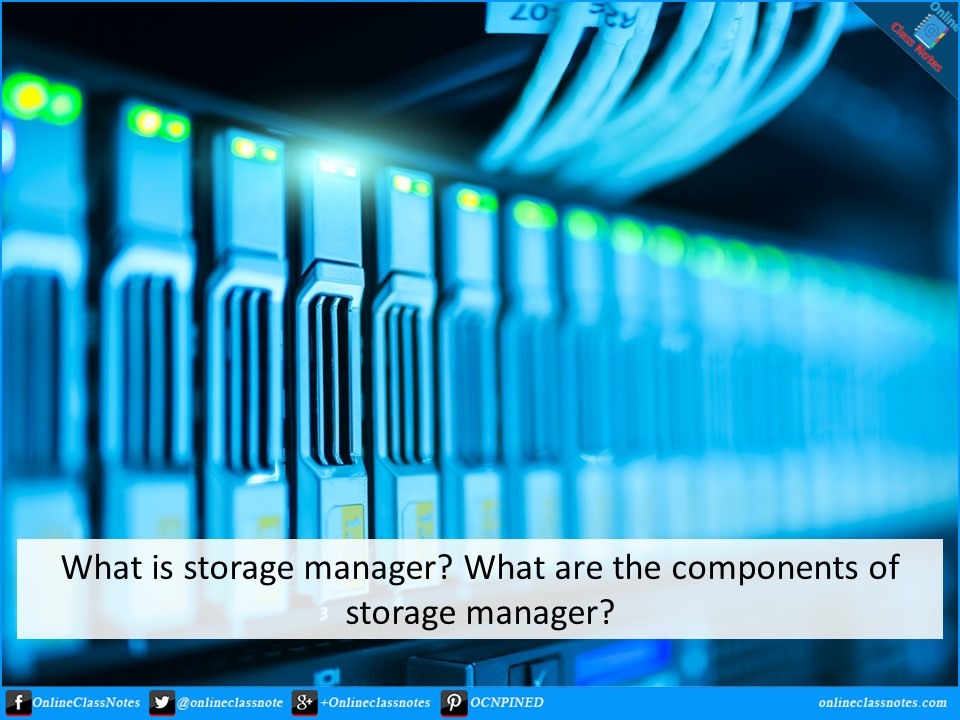Storage Manager in a Database Management System in DBMS
The Storage Manager is a crucial component of a Database Management System (DBMS) that handles the storage, retrieval, and management of data on secondary storage devices. It acts as a bridge between the higher-level components of the DBMS, such as the query processor and transaction manager, and the physical storage media, typically disk drives.
At its core, the Storage Manager is responsible for efficiently organizing and managing the persistent storage of data. It provides an interface between the logical representation of data within the DBMS and the physical storage devices where the data resides. This involves translating high-level data operations and requests from the DBMS into low-level disk operations, ensuring that data is stored, retrieved, and managed reliably.
